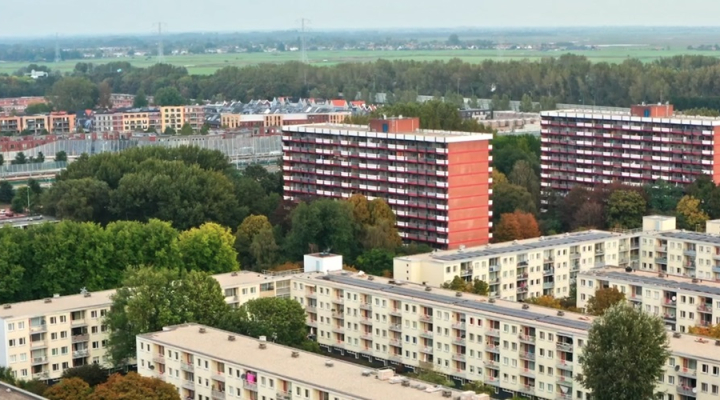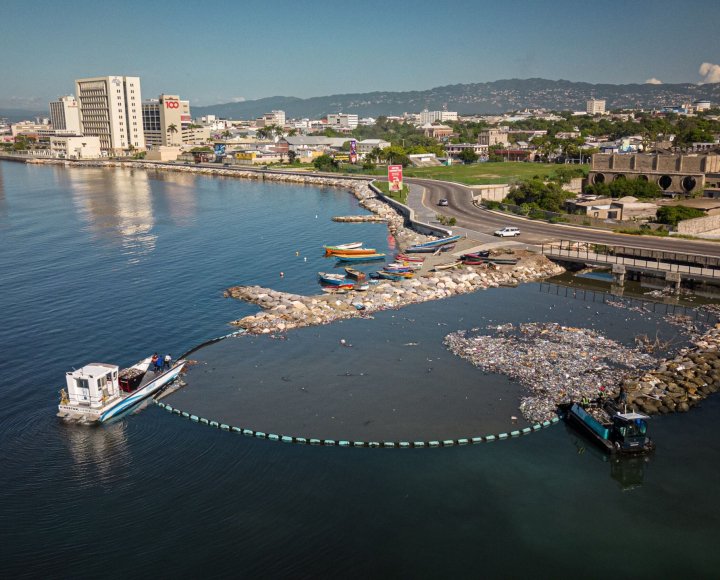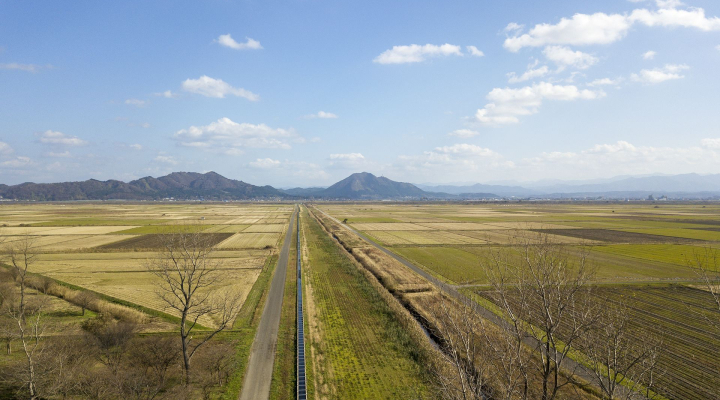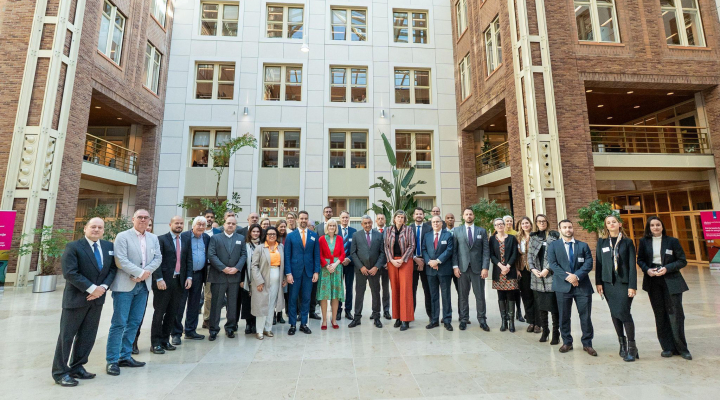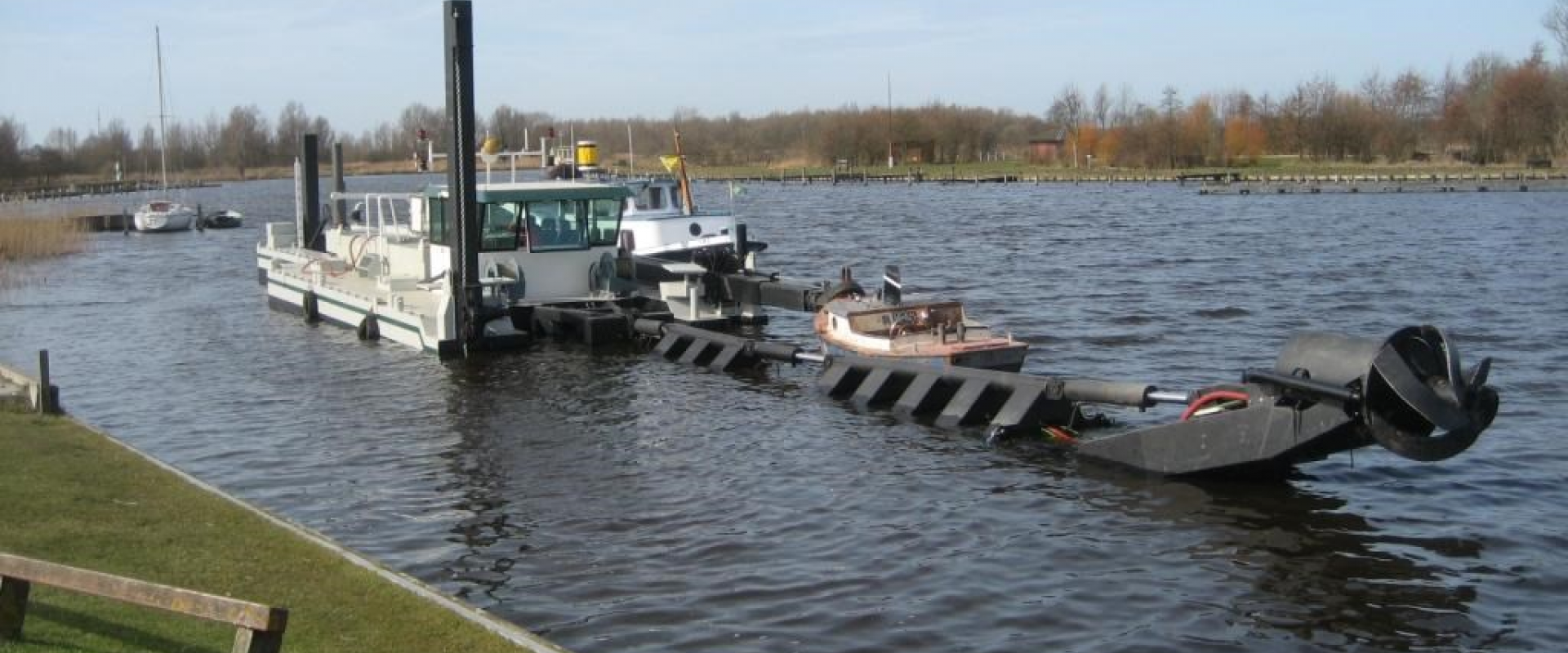
Preparatory work to free the Selune river
Van den Herik and NGE-Guintoli have been assigned by Electricité de France (EDF) for preparing the dismantling of the last dam in the Sélune river.
Van den Herik will be responsible for the dredging and storage of the estimated 210,000 m3 sediment in the current reservoir.
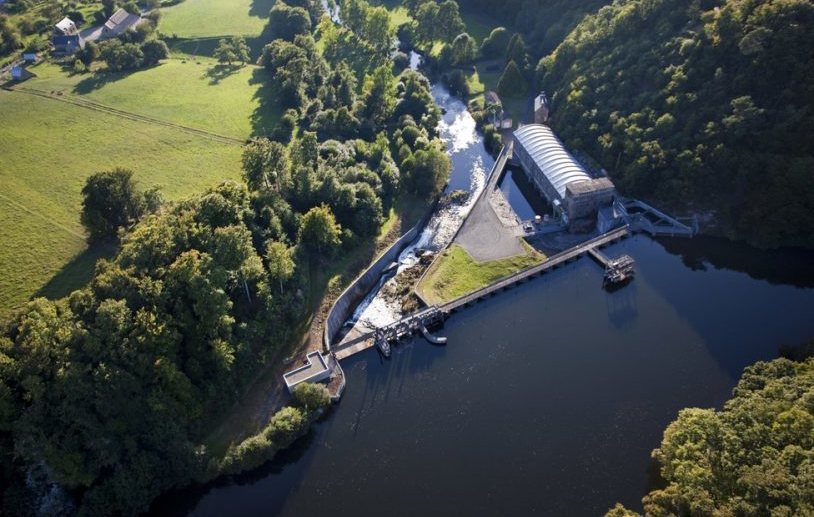

Last obstacle
The dam La Roche Qui Boit is 15 m high and 125 m long and holds a reservoir that occupies about 30 ha of land and contains 1.5 million m3 of water. It is the last dam on the river Sélune and the owner, EDF, will remove it to make way for the river to flow freely towards the Atlantic Ocean.
Migration fish, like Atlantic Salmon and European eel will be able to swim freely from the bay near Mount Saint-Michel on to the 91 km long river to their spawning grounds.
Dewatering in geotubes
Unique in this preparatory dredging project is the use of geotubes on a large scale. Via tubes, the dredged sediment is transported into the large-scale geotubes, provided by the German company Huesker. Halfway it is mixed with biodegradable polymers that help the water separate from the soil.
The de-watering process starts immediately after the tubes are filled. After dehydration, NGE-Guintoli will open up the geotubes to disperse the dried soil in the surrounding area.
This complete project will take about one and a half year and preparations already have started.
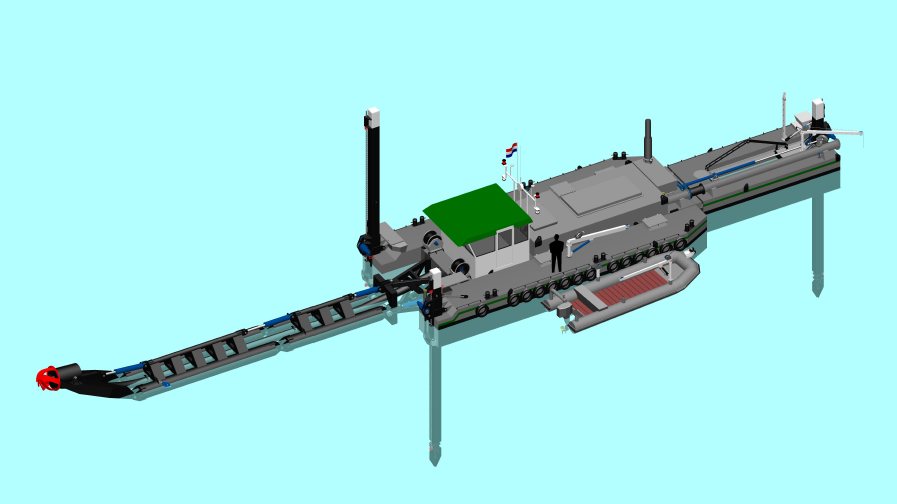

Dam removal
Dismantling of the dam will start in 2021 and is planned to be finished in 2022. EDF developed a dismantling scheme to safeguard the life cycle of the species living in the river and to preserve their habitat. Among these actions are the creation of 3 ponds (pools) to accommodate protected species identified on site. In February one pond was created and it already hosts two species: the Agile Frog and the Webbed Newt.
The former workers' house will also be secured to preserve the habitat of protected bats. And a specific monitoring of the otter will also be carried out to ensure that this animal knows how to adapt.
References
NGE-Guintoli and Van den Herik have been working together in a former project that concerned the dredging of 300,000 m3 sand from a beach near a nucleair station.
According to Van den Herik, EDF opted for the NGE-Guintoli & Van den Herik combination because of the classification requirements they were able to meet and their efficient natural approach using geotubes for the disposal of the dredged sediment.
As the dismantling of the La Roche Qui Boit dam will have consequences for its direct surroundings, the project is managed carefully by EDF.




